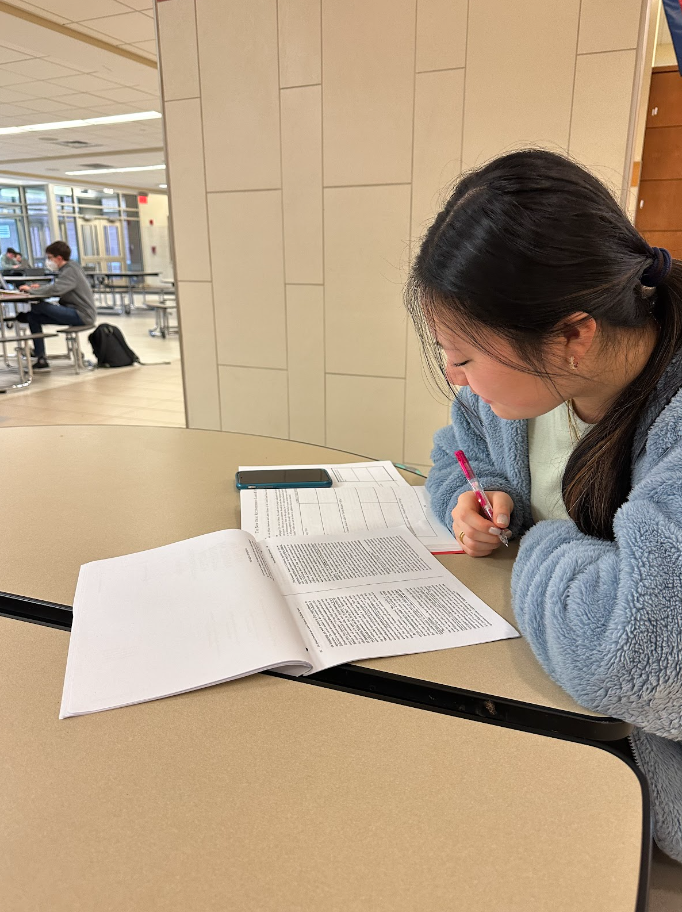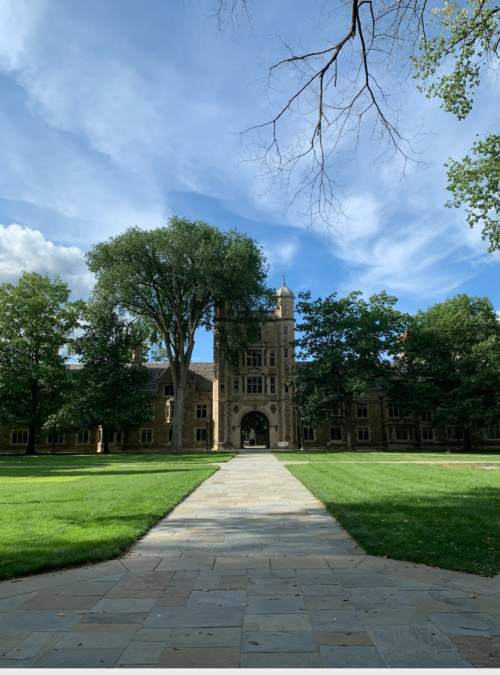With the Supreme Court’s ongoing consideration of affirmative action, measures taken by schools across the country to admit their applicants on the basis of racial identity are under careful scrutiny.
Affirmative action has been in practice across the nation for decades, but its original establishment aimed to end discriminatory practices in workplaces and expand job opportunities for women and minorities. In 1961, president John F. Kennedy first made use of affirmative action by issuing an executive order that instructed federal contractors to treat applicants equally, regardless of their identity.
The Supreme Court (SCOTUS) heard its first case against affirmative action in 1974 when Marco DeFunis Jr., a white student, raised a lawsuit against the University of Washington claiming that it was unfairly admitting minorities with consistently low test scores over him. The case — Defunis v. Odegaard — was dropped that same year.
In 2016, SCOTUS oversaw the Fisher v. University of Texas case in which Abigail Fisher, a white woman, filed a lawsuit against the University of Texas. Like Defunis, she claimed that its consideration of race in admissions went against the Equal Protection Clause of the 14th Amendment.
Fisher’s lawsuit was funded by Edward Blum’s nonprofit, Students for Fair Admissions, a group which actively fights against the implementation and usage of racial consideration in college admissions. Since 2016, the group has filed lawsuits against Harvard, UT, and UNC, alleging that these schools employ unfair practices by considering uncontrollable factors when admitting students.
In the past decade, Presidents Obama and Trump have held contrasting views on the implementation of diversity-seeking practices within businesses and schools. Most recently, Supreme Court Justice Clarence Thomas has strongly opposed affirmative action, a stance which he shares with the rest of the conservative leaning court. Given these circumstances, affirmative action policies are likely to be ruled out, ultimately ending race-conscious admissions practices in universities across the United States.
Many people claim that the equal protection clause of the Constitution tells us we have to be blind to color and gender, and to not allow factors of our identities to affect our livelihoods.
However, Dr. Stephanie Cacace, history teacher at the high school, says that Supreme Court Justice Ketanji Brown Jackson interprets the 14th amendment differently than her conservative counterparts.
“She’s this fourteenth amendment originalist,” said Cacace. Many people take the amendment to mean workplaces and colleges should remove race entirely from their decision-making, while people like Jackson, Cacace argues, believe that diversity outweighs accomplishments.
School counselor Diego Contreras shares the belief that diversity within education is of utmost importance.
“I feel that school communities should reflect our communities. For the good of our country, everyone deserves opportunities to improve themselves and education is the best place to do that,” said Contreras.
As affirmative action is undeniably a race-conscious system, opponents to the practice have begged the question of fairness. Edward Blum’s website, Project on Fair Representation, states that it is “a public-interest organization committed to the principle that racial and ethnic classifications are unconstitutional, unfair, and harmful.”
However, if the purpose of banning affirmative action is to get rid of unfair precedents set in school, universities should also be expected to get rid of legacy admissions. Allowing alumni status to strengthen a student’s application has upheld years of white elitism in top universities, yet critics of affirmative action turn a blind eye to unfairness when it benefits wealthy white Americans.
In recent years, Blum has argued against affirmative action on the grounds that Asian-American and White students are the most negatively impacted by the practice. In putting Asian-American students at the forefront of this issue, people like Blum fuel a growing racial divide between minority groups in America; they rely on people’s frustration at the “other”, or the “advantaged” to back their argument.
The debate against affirmative actions has ultimately sparked important conversation on many admissions practices.
Many argue that, in focusing on an applicant’s overall socioeconomic background, the playing field of college admissions would consequently even out for underrepresented minorities. According to the United States Census Bureau, the median incomes of Black and Hispanic households in 2021 were nearly half those of their Asian and White counterparts, demonstrating a drastic inequity in class statuses across racial groups. Research done by the New York Times on the socioeconomic makeup of Brown University shows that 70% of admitted students come from the top 20% of wealth in the US. As a result of these disparities, students applying from poorer backgrounds are disproportionately Black or Hispanic and have a smaller chance of being admitted to top universities.
“Although having racially diverse student representation is very important, we should also consider students’ financial status to promote a greater diversity within the socioeconomic backgrounds– a sometimes overlooked aspect of the student body,” said Ivy Wang ’24.
Schools could opt to consider factors beyond solely race to ensure greater diversity across the student body. Data strongly suggests that diversity across socioeconomic conditions ensures diversity in the racial makeup of a school.
But at large, arguments against affirmative actions are voiced by conservative critics who ultimately aim to uphold white elitism within educational institutions. In taking away all measures to protect the education of poor, underrepresented minorities, those groups risk losing spots in prestigious spaces entirely. The ability to network and receive a diploma from a top university is arguably as invaluable as the education itself.
Rani Elwy, Associate Professor at Brown University, listed the five groups which the National Science Foundation has identified as focuses to increase diversity in higher education: Black and Latinx populations, first generation college students, those with disabilities, and those with military veteran status.
“If we want to achieve the NSF markers for creating diverse, equitable and inclusive college and university campuses, we may need applicants to disclose these identities. But not everyone is comfortable doing so. This is something that college admissions committees will need to explore further, if such a Supreme Court decision is handed down,” said Elwy.
The discussion on affirmative action impacts far more than acceptances to top universities.
“This will adversely affect our student’s ability to be evaluated fairly and find people they identify with in their post-secondary educational setting, which is a big part of a student’s success,” said Contreras.
The Supreme Court’s predicted overturning of affirmative action will reshape the class and racial makeups of universities across the nation. Higher education is expected to see great change in 2023.

Samantha Chiu ’25 gets ahead of her schoolwork during a free block. Photo by Tanvi Venkata.

